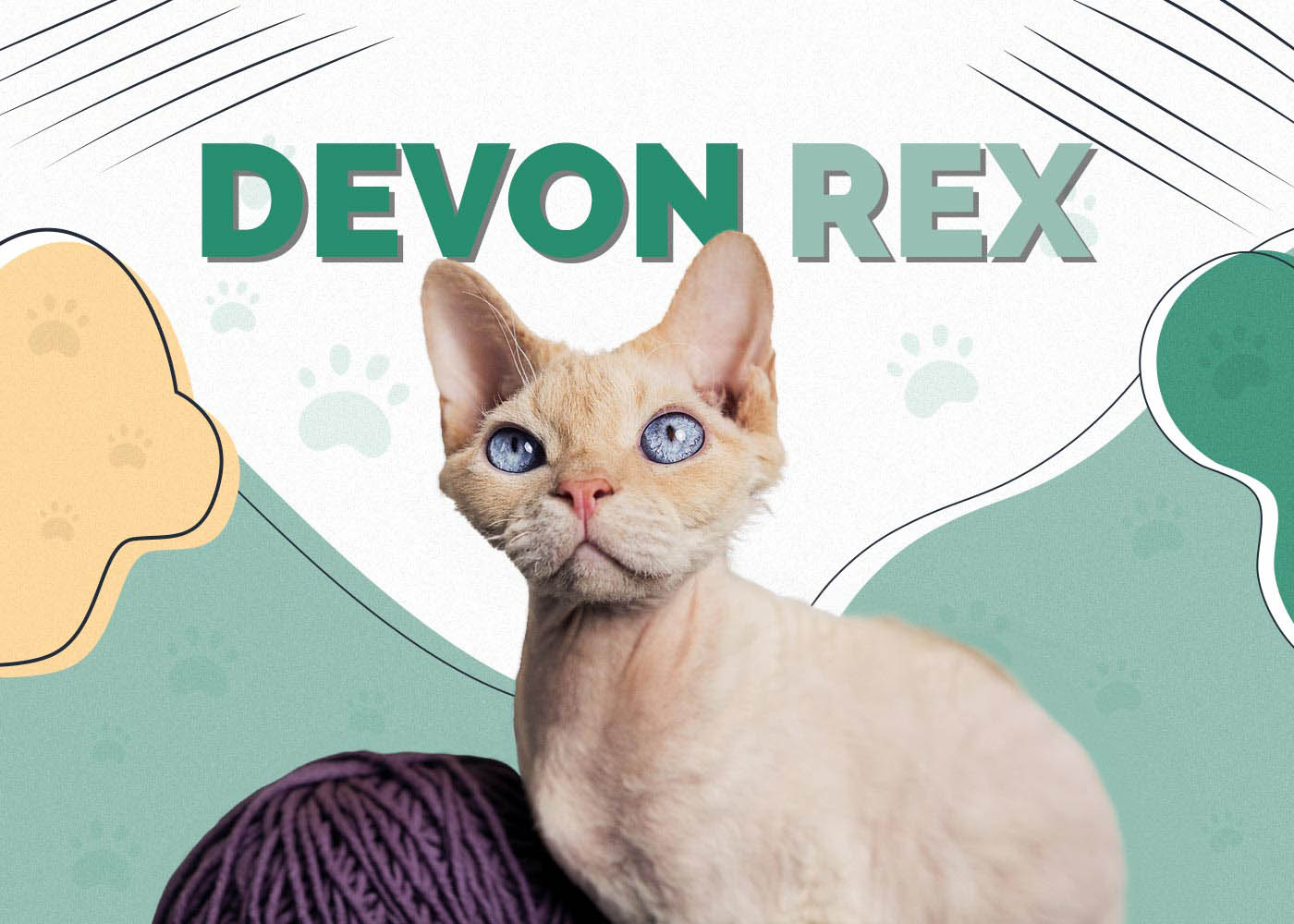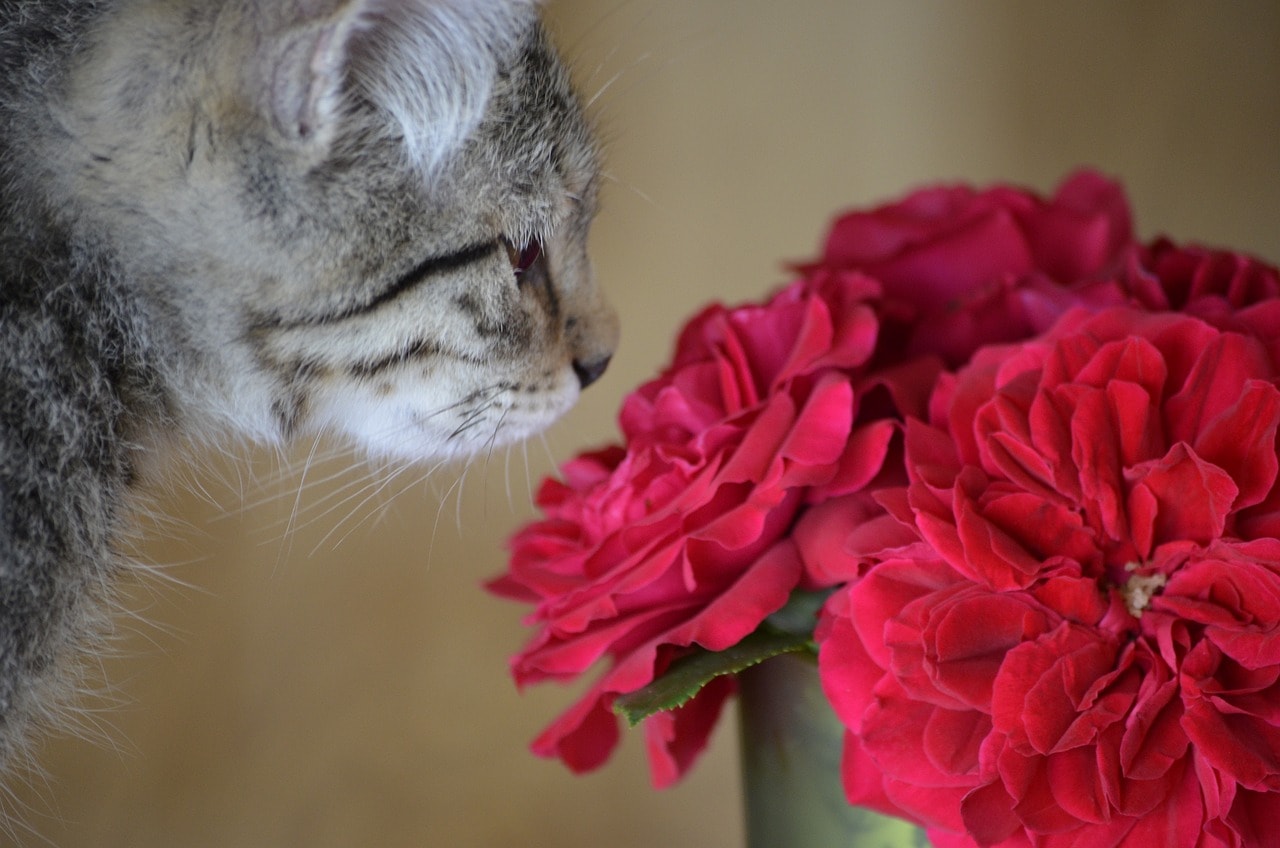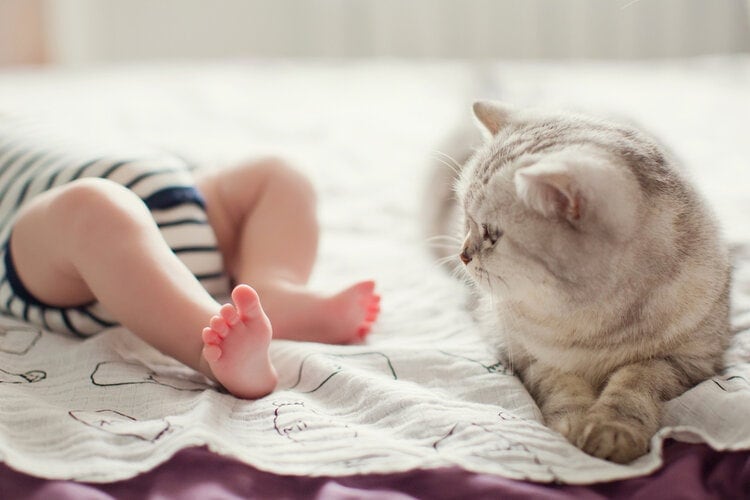How Do Cats Play With Humans? Vet-Reviewed Care Tips & Tricks
By Lorre Luther
Updated on
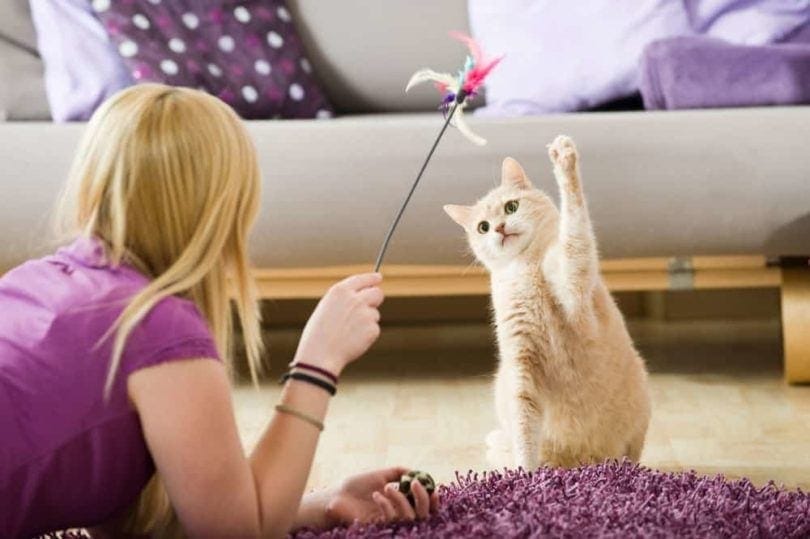
Between the adorable antics and sweet moments spent with your cat, it’s easy to understand why humans and cats form such deep bonds. Play is essential to support your cat’s mental and physical health, but while you might realize how critical it is to engage with your cat, you might not know how to give them the activity and love they need to be happy and healthy. Read on to learn how cats play with humans and the best way to give your pet the playful attention they need.
What’s the Best Way to Play With My Cat?
There is no one way to play that will keep all cats happy, nor will all cats enjoy the same playful activities throughout their lives. Kittens have different needs than adult cats. High-energy felines, like Bengal cats, require different approaches than easy-going lap cats. The key is to pay attention to your cat’s individual needs and preferences and play with them in ways that keep them entertained and engaged.
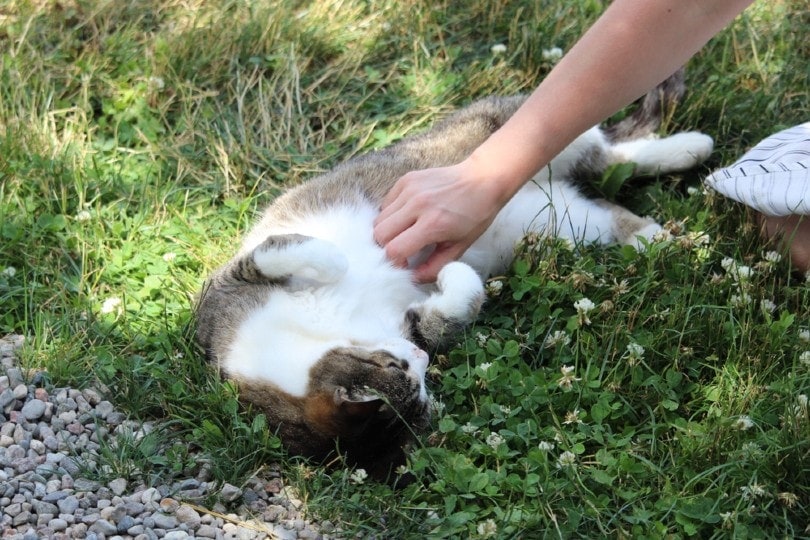
How Many Hours per Day Do I Need to Play With My Cat?
The time you will need to spend playing with your cat will depend on factors such as age and breed. Kittens need plenty of exercise, and you should play with them at least three times per day for around 15 minutes each time.
For older cats, you should engage in at least two 15-minute play sessions per day to keep them happy. This will also help provide them with plenty of exercise to help manage their weight. Neutered and spayed cats have a tendency to become overweight, which often leads to diseases such as diabetes, joint problems, and liver disease.
Some breeds need more physical activity than others. Bengal, Abyssinian, and Savannah cats are notorious for the amount of energy they bring into this world. Not only are these breeds smart, they also have high activity needs. If they don’t get enough physical activity and attention, the cats can become irritated and destructive.
Maine Coon, Ragdoll, and Himalayan cats are calmer and prefer fewer high-energy games than active breeds. They still need attention but often prefer being petted to engaging in hours of running about and chasing laser pointers and feathered wands.
What Happens When Cats Don’t Get Enough Playtime and Attention?
Cats need both mental and physical stimulation, and playtime provides both. Cats that don’t get enough exercise sometimes show signs of stress, leading them to engage in destructive behavior such as biting, clawing, going to the bathroom outside the box, and excessive grooming. Stressed-out cats may meow incessantly, particularly when they’re trying to get the attention of their owner. Most cats become attached to their family and suffer when they don’t receive enough attention or are left alone for too long.
My Cat Suffers From Separation Anxiety — Will Playtime Help?
Absolutely! Playing with your cat even for a few minutes can work wonders in reducing the stress your cat feels when left alone. Consider spending a few minutes playing with your cat before leaving the house for an extended period. Just like with humans, physical movement helps relieve stress and has the added benefit of wearing your feline out, leaving them with less energy to expend getting into things you want them to stay out of and behaving destructively.
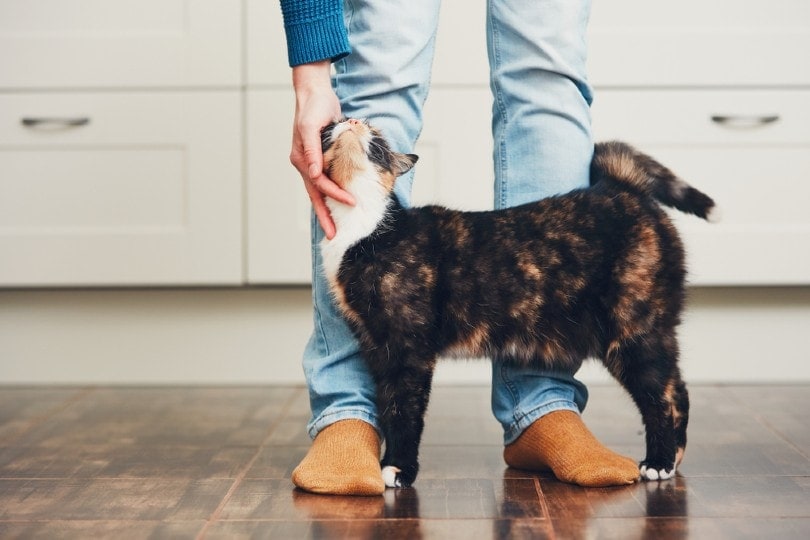
What About Boredom?
Some particularly intelligent breeds, such as Bengal and Balinese cats, are prone to boredom. These intelligent cats discover which behaviors irritate you the most and engage in them until you give them what they want, like attention and affection.
Keeping the cats happy requires more than a few minutes a day with a feather-tipped wand. Food puzzles and various toys can go a long way toward keeping your kitty mentally engaged when you’re not home. You’ll need to go out of your way to engage their minds and bodies during playtime, or you may end up dealing with a level of feline naughtiness that can quickly become overwhelming.
Smart cats do well with training. It engages their minds, gives them contact with their owners, and helps them appropriately channel their energy. Bengals and Balinese cats do well with clicker training and can learn to do tricks and walk on a leash with relative ease
What About Toys?
Cats love to run, chase things, and pounce, and they usually enjoy toys like feather-tipped wands and laser toys (just make sure not to shine the laser in the direction of your cat’s eyes). Be sure to let your cat “win” sometimes by offering them a treat the moment that they “catch” the laser pointer. This keeps them from becoming frustrated, as they will never be able to truly trap it. You don’t need to spend much money on cat toys to keep your pet happy. Cats love chasing things like thick fabric bathrobe ties and jump ropes. Drag something wiggly across the floor, move it around, and let your cat pounce.
Offer a variety of toys on a rotation, and make them only available during limited times to increase their value. If the same toy is always around, the cat is likely to lose interest in it.
Try to ensure you’re not using something that can make your cat sick, like string, twine, and yarn. If your pet eats something long and thin like yarn, it can quickly result in an emergency visit to the veterinarian.
While you may see cats jumping on each other and engaging in behavior that resembles mock fighting, it’s never a good idea to “roughhouse” with your cat. Roughhousing can cross the line into unacceptable “aggression” when it comes to humans. Another cat might not mind a play nip or two, but you certainly will.
If your cat needs a great toy to get the playing started, we recommend our Hepper Catnip Stick Toy. These sturdy, dual-layer sticks are hand-made in the USA and filled with 100% organic catnip. Choose from a fun range of pastel colors and give your cat hours of playtime!
- No Filler - Like all the best cat toys our is stuffed with 100% organic catnip. Cheap cat toys with...
- Flexible Play - Simple plush shape is great for biting, scratching and pawing. It can start life as...
What Should I Do If My Cat Bites Me While I’m Playing With Them?
Cease the action that led to the unwanted behavior and walk away. Cats rarely engage in a full attack mode, but you should alter your conduct immediately when you begin to see your cat turning aggressive. Remember, petting is different from playing. Playing often stimulates hunting-related behavior in cats, while petting is a profoundly calming and loving activity.
Featured Image Credit: Dora Zett, Shutterstock




